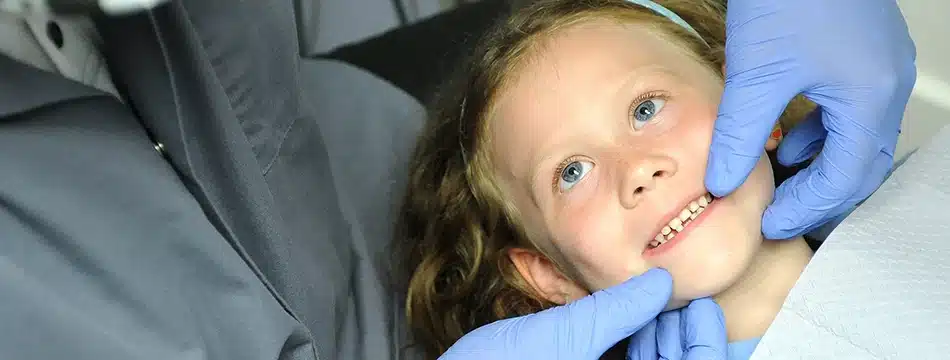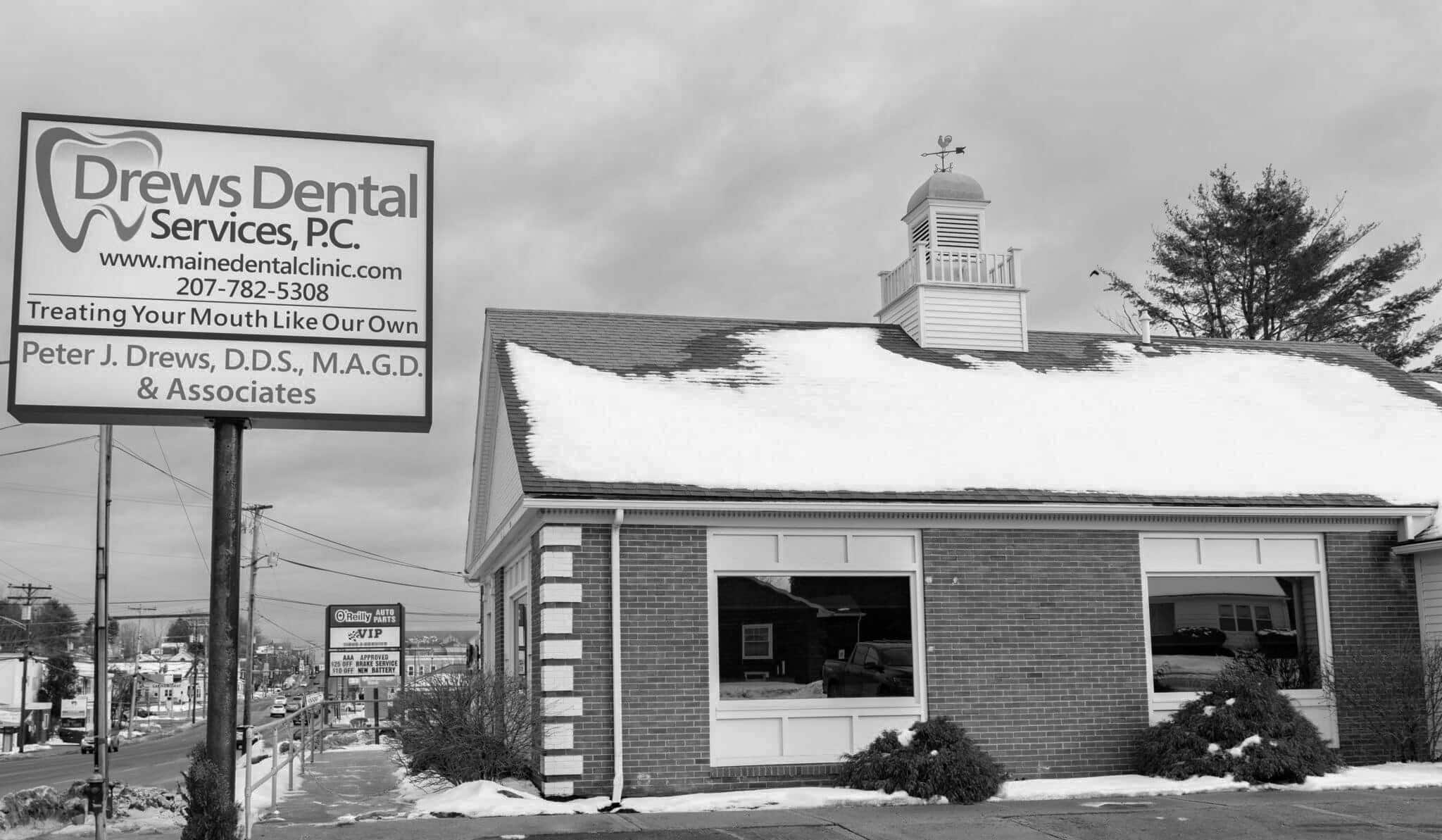What are Dental Sealants?
Dental sealants are a protective shield “painted” on the chewing surfaces of your back teeth to help prevent cavities and tooth decay. The procedure is simple and painless!
Sealants bond quickly and basically act as a barrier to help prevent bacteria from collecting in the hills and valleys of your back teeth (molars and premolars).

Other Preventive Services
Sealants form a protective shield over the enamel, helping to prevent cavities in the fissures of your back teeth.
Peter Drews, DDS, MAGD
Who Should Get Dental Sealants?
The chances of developing decay in the fissures of your teeth start as soon as they erupt; obviously children and teenagers are perfect candidates for sealants.
In fact, according to the CDC, dental sealants prevent 80% of cavities in the back teeth, where 9 in 10 cavities occur. Children ages 6-11 without sealants have almost 3x more 1st molar cavities than those with sealants. Those first permanent molars typically appear between age 5 and 7. Second permanent molars typically appear between age 11 and 14.
Brushing and flossing can help to clean food and plaque from all of the smooth surfaces of your teeth, but the bristles can’t always get into the creases and crevices to dig out food.
Teenagers and adults who are prone to decay may also want to discuss sealants to help protect those vulnerable areas by “sealing out” the debris as well.
Sealants are not painful at all. They hurt about as much as having your fingernails painted!
Kristie Lake, DMD
Do Sealants Hurt?
Sealants are 100% pain free, and don’t take long at all – just a couple of minutes per tooth.
- The first step is to make sure that the surface of the tooth is clean and debris free, otherwise the sealant will not bond. We do this by using a brush attachment on the drill to “sandblast” out anything that has collected. No anesthetic is needed and it is completely painless.
- Once the area is clean, an “etching” solution is painted where the sealant will be placed. This “etch” works much like paint primer – it sits on your tooth for 60 seconds and then it’s washed off. Etch is acidic; however, if you were to get any of it on your tongue, it wouldn’t hurt, it might just taste a little bitter. After the etch is washed off, the surface of your tooth will look frosty and dull – like etching glass, the rough surface allows the sealant to stay in place like velcro.
- During the sealing process, the teeth must be kept dry (with the help of cotton rolls, gauze and/or a rubber dam), not doing so interferes with the bonding and typically results in the sealant coming off.
- At this point the liquid sealant is painted into the grooves and the plastic resin is set using a curing light (which looks like one of those pocket flashlights) to harden it.
- The final step is to check the “bite,” meaning the thickness of the sealant should not interfere with the way teeth come together. If it’s too thick, the sealant will be buffed with a drill to thin it out.
How Long Do Sealants Last?
Sealants are quite sturdy and can withstand the forces of chewing, often lasting several years. We’ll keep a check on them for you during your regular check-ups!
Ultimately, sealants are a great option to prevent the hassle and expense of dealing with cavities and fillings later on in life. And as long as they remain intact, those chewing surfaces will be protected from decay.
If you’re considering dental sealants for your child, or even for yourself, feel free to get in touch with any questions or concerns you may have. We’ll be more than happy to help you protect your teeth from decay and cavities. We love preventive measures.

Wondering if Sealants Are Right for YOU?




